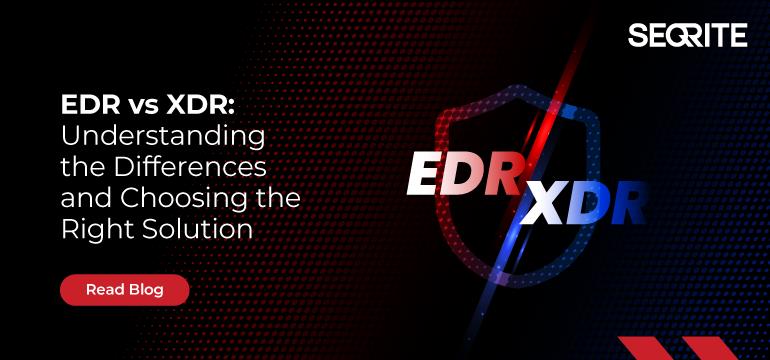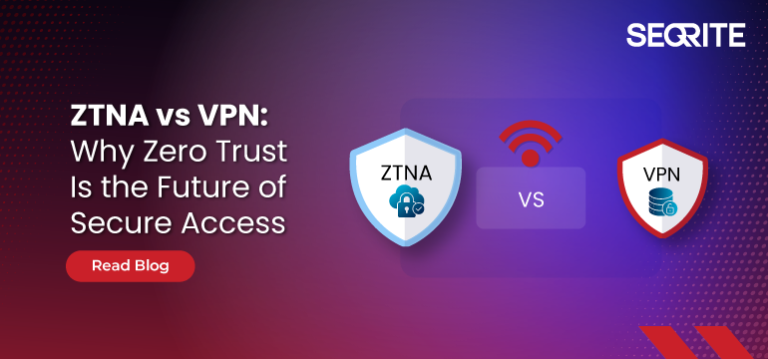EDR vs XDR: Understanding the Differences and Choosing the Right Solution

Strong 8k brings an ultra-HD IPTV experience to your living room and your pocket.
In the world of cybersecurity, staying ahead of attackers is more challenging than ever. As threats become more sophisticated, businesses need smarter, more adaptive tools to protect their systems. Two powerful solutions that help defend against modern cyberattacks are Endpoint Detection and Response (EDR) and Extended Detection and Response (XDR). Though they share similar goals, they operate differently and are suited to different security needs.
Understanding EDR
EDR, or Endpoint Detection and Response, is designed to monitor and secure individual devices within a network—such as computers, servers, and laptops. These tools identify suspicious behavior at the device level, helping security teams respond quickly to potential threats.
What EDR Offers:
Live Activity Tracking: Constant monitoring of endpoints to detect unusual behavior.
Instant Actions: Automatically isolates or neutralizes threats to reduce damage.
In-Depth Data: Records detailed information about files, processes, and user actions for security investigations.
Threat Recognition: Uses known attack patterns to help spot both common and emerging risks.
When to Use EDR:
For companies with a limited number of endpoints.
When the main concern is protecting desktops, servers, or laptops.
In environments with tighter security budgets that still need strong endpoint defense.
Exploring XDR
XDR, or Extended Detection and Response, expands beyond just endpoints. It collects and correlates information from across your entire digital environment—covering not only endpoints but also your network, email, servers, and cloud services. This big-picture view helps detect threats that move across different systems.
Key Capabilities of XDR:
Consolidated Threat View: Gathers data from various sources for a unified understanding of security threats.
Advanced Detection: Uses AI and analytics to find patterns across multiple platforms.
Smart Responses: Coordinates actions across endpoints, network tools, and cloud services to stop attacks early.
Multi-Layer Visibility: Makes it easier to detect complex threats hiding across your infrastructure.
Ideal Scenarios for XDR:
- Businesses with complex IT ecosystems.
- High-risk industries like finance, healthcare, or government.
- Organizations looking for smarter, AI-enhanced detection and faster response.
Comparing EDR and XDR
| Aspect | EDR | XDR |
| Focus Area | Endpoint devices | Full IT environment |
| Data Collection | Local to each endpoint | Aggregated from multiple sources |
| Threat Detection | Endpoint-based analytics | Cross-platform correlation and AI |
| Response Capability | Device-specific responses | Coordinated actions across systems |
| Integration | Primarily with endpoint tools | Connects with network, cloud, and more |
What Does Your Business Need?
Choose EDR if:
Your main priority is securing devices like laptops and servers.
You operate a smaller IT setup and need a focused solution.
You need a cost-effective option with strong endpoint defense.
Choose XDR if:
You manage multiple platforms and need broad visibility.
You're frequently targeted or work in a sensitive industry.
You want advanced threat detection that uses machine learning.
How Seqrite Supports Both Solutions
Seqrite offers both EDR and XDR tools tailored to modern business needs:
Seqrite EDR provides effective protection for endpoints through real-time monitoring and automated threat control.
Seqrite XDR brings together data from across your systems to help detect and respond to threats more intelligently and efficiently.
Final Thoughts
Both EDR and XDR play important roles in keeping your digital environment safe. While EDR is great for endpoint-specific security, XDR offers a broader, more integrated approach. Choosing the right tool depends on your business structure, risk level, and security goals.
Note: IndiBlogHub features both user-submitted and editorial content. We do not verify third-party contributions. Read our Disclaimer and Privacy Policyfor details.







